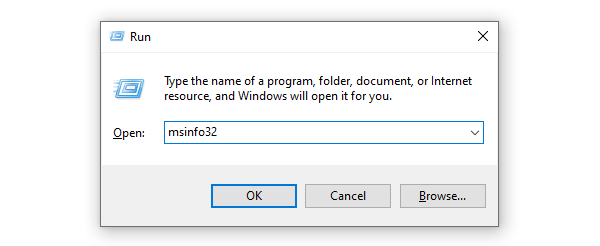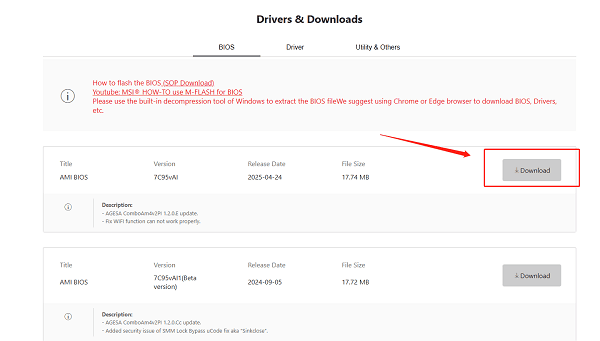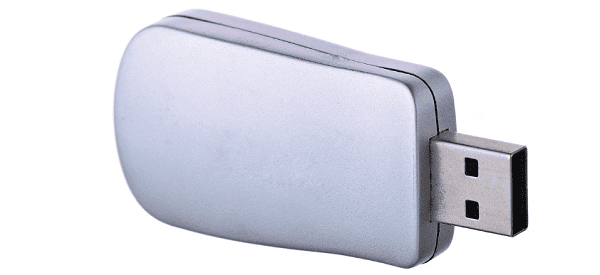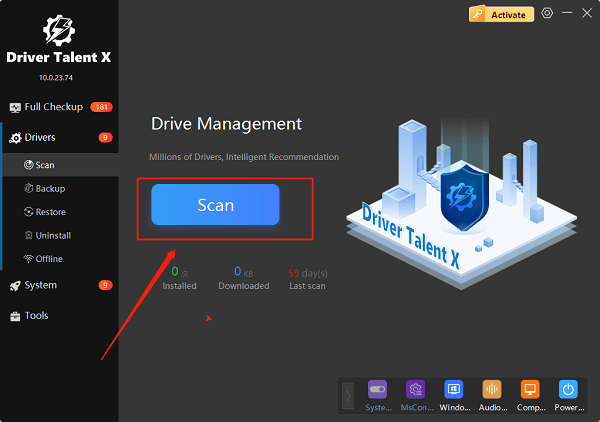
Updating the BIOS (Basic Input/Output System) on your MSI motherboard can improve system stability, fix hardware compatibility issues, and enable support for new processors or features.
However, a BIOS update must be done carefully to avoid system problems. This guide will walk you through the safe steps for updating your MSI motherboard BIOS and explain how to fix driver issues afterward using Driver Talent X.
1. Why Update the BIOS on an MSI Motherboard?
An updated BIOS can:
Improve hardware compatibility
Fix stability issues and bugs
Enhance performance and security
Support new CPU models
If your system is running fine, frequent BIOS updates are not necessary. Only update when there's a specific need, such as hardware upgrades or bug fixes.
2. Preparation Before Updating BIOS
Before you start, make sure you:
Identify Your Motherboard Model – Press Windows + R, type "msinfo32", and check your motherboard details.

Backup Your Current BIOS Settings – Record overclocking or custom settings in case they reset after update.
Ensure Stable Power Supply – Use a UPS or avoid updating during storms or unstable power conditions.
Download the Correct BIOS File – Visit the official MSI support website and download the BIOS for your exact motherboard model.

3. Steps to Update BIOS on MSI Motherboard
MSI provides multiple methods for BIOS updates. The safest is via M-FLASH in the BIOS interface.
1). Download BIOS File:
Unzip the file after download and copy it to a USB drive (formatted in FAT32).

2). Enter BIOS Setup:
Restart your PC and press DEL repeatedly to enter BIOS.
3). Launch M-FLASH:
In BIOS, select M-FLASH and follow on-screen instructions.
4). Select BIOS File:
Choose the BIOS file from your USB drive and start the update.
5). Wait for Update to Complete:
Do not power off your system during the process. The system will restart automatically.
4. Fix Driver Issues After BIOS Update with Driver Talent X
Sometimes, after a BIOS update, certain hardware drivers (such as audio, network, or chipset drivers) may stop working properly. Here's how to update them with Driver Talent X:
Download and Install Driver Talent X.
Launch Driver Talent X and click "Scan" to detect outdated, missing, or incompatible drivers.

Locate the drivers that need to be updated (e.g., audio, network, chipset) and click "Upgrade".
Restart to ensure the new drivers take effect.
5. Quick Safety Tips
Never interrupt the BIOS update process.
Use the correct BIOS file for your motherboard model.
Update drivers after BIOS update to avoid compatibility problems.
6. Frequently Asked Questions (FAQ)
Q1: Can I update MSI BIOS without a USB drive?
A1: Yes, some MSI motherboards support BIOS updates via the Dragon Center software, but USB with M-FLASH is considered safer.
Q2: Will BIOS update erase my files?
A2: No, BIOS updates do not affect files on your storage drives, but they may reset BIOS settings to default.
Q3: Do I need to update drivers after BIOS update?
A3: Yes, it's recommended to update drivers, especially chipset, network, and audio drivers, to ensure system stability.
Conclusion
By following the above steps, you can safely update the BIOS on your MSI motherboard and quickly fix any driver issues afterward with Driver Talent X.
See also:
Solutions for Realtek Sound Driver Issues on Windows 10
Brother MFC-7860DW Printer Driver: Download & Installation Guide
Network Connection Problems on Windows? Try These Fixes









